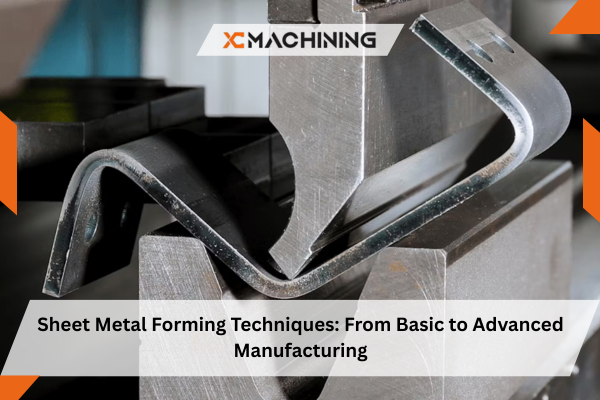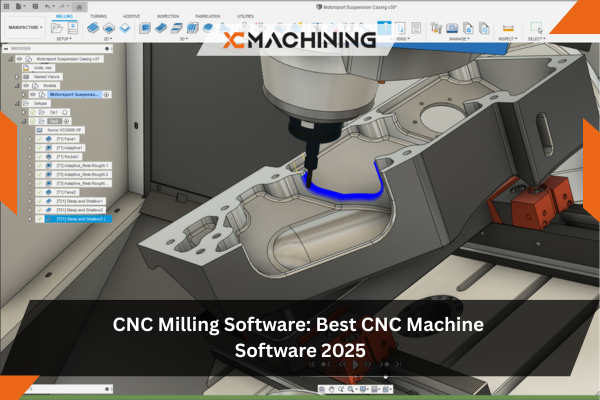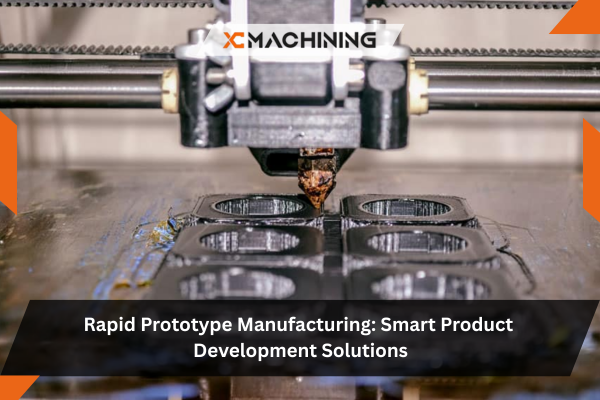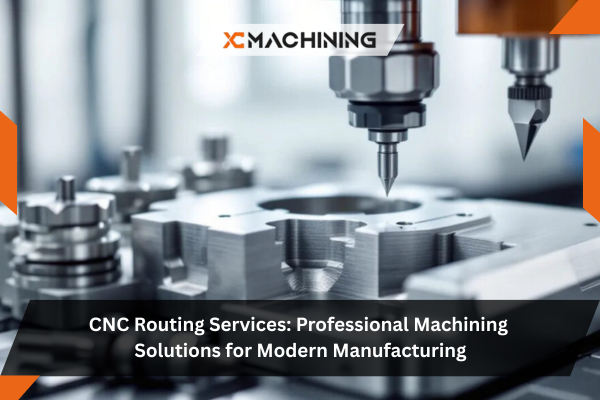Bottoming and Coining: Methods of Precision
Bottoming and coining provide the best results when the projects are highly demanding in terms of accuracy. Bottoming demands 3-5 times the force of air bending but produces angular tolerance in the range of ±0.25 or ±0.5.
Coining brings the precision a step forward with pressures of 1,500- 4,000 MPa used to produce surface finishes of Ra 0.05- 0.2 μm. Coining is commonly applied to auto dash parts and exterior accessories.
Essential Metal Forming Processes Across Industries
Roll Forming: The Art of Making High-Volume Production Requirements
Roll forming stands out among metal forming processes for its ability to create consistent profiles at remarkable speeds. Roll forming lines today can have speeds of up to 120 meters per minute with a profile tolerance of +-0.1mm. This is a process that works exceptionally well on:
- One is the construction industry, roofing and siding (54.9 percent of market volume)
- Structural parts of automobiles
- HVAC ductwork. The HVAC ductwork is a sort of watering process through which all water from the program is distributed evenly and in the right proportions to the entire system.
- Mounting hardware for Solar panels
Hydroforming: Complex Geometries Made Simple
Hydroforming is a process that employs hydraulic pressure of up to 100MPa (15,000psi) in order to shape metal on an open-ended die. One of the advantages of this metal forming process is that it makes complex, seamless parts with minimum investment in tooling.
Aerospace companies such as Boeing and Airbus utilize hydroforming as the method of forming aircraft skin panels with dimensional tolerance criteria of +-0.76mm. It helps to deweight since joint seams are removed, and at the same time, enhances structural integrity.
Advanced Sheet Metal Stamping Techniques
Progressive Die Stamping: Optimal Economy
Progressive die stamping represents the pinnacle of sheet metal stamping techniques for high-volume production. The systems engage with numerous steps in series to produce between 200 1, 200 strokes per minute. The advantages of a progressive die are:
- Positioning precision of +/-0.02mm
- 3-20+ cycles per cycle
- Little wastage of materials
- Recurring use of parts
Progressive dies are applied to the manufacturing of body panels, brackets, and electrical parts of automobiles. First tooling investment would be between 150,000 to one million, and per-piece costs decline drastically after 100,000 pieces.
Transfer Die Systems: Multi-part Solutions:
Transfer die systems deal with more complicated and bigger parts that cannot be done in a progressive die. The stations complete certain actions, and mechanical transfer systems transport parts in different stages.
Deep Drawing Sheet Metal: Creating Three-Dimensional Forms
Deep drawing sheet metal processes transform flat blanks into cup-shaped parts through a series of forming operations. The process produces items such as kitchen sinks and car fuel tanks.
How to be aware of Limiting Draw Ratios
The Limiting Draw Ratio (LDR) of a material is the amount that the material can be drawn in one working;
- Normal steel: LDR of 1.8-2.1
- IF (Interstitial-Free) steels, LDR up to 2.5:
- Aluminum alloys: LDR 1.6- 2.0
Deep drawing sheet metal applications require careful consideration of material properties. The average speed rate in drawing is 6-17 meters per minute, and the difference between the wall thicknesses is less than 10 percent.
Multi-Stage Drawing Operative
Complicated components may have to be done in separate drawings. At every stage, the part is thinned down in terms of diameter and becomes thicker in terms of height. Engineers employ calculations of reduction percentages (normally about 40-50% per stage) to avoid tearing or wrinkling.
Progressive Die Forming: Advanced Manufacturing Integration
Progressive die forming combines multiple manufacturing steps into a single, automated process. This will reduce handling time, labour costs and will also yield good quality irrespective of the production batch.
Designing Progressive Dies: The progressive die designer should select the die material that best fits the service conditions. The factors to remember are the strength required relative to the strength available, corrosion resistance, and wear resistance. Various die material costs should also be considered.
- Successful progressive die forming requires careful planning:
- Prevention of tearing material flow analysis
- Strip layout to obtain minimal waste
To develop proper part development planning, Progression plans can be defined as the sequence of options available in energy efficiency upgrades. Great emphasis has been put on the term progression, which is used here to refer to the progression of the options available as regards energy efficiency upgrades.

Integration of Quality Control Per Station
Applications in Vehicle Assembly
The automotive sector drives significant demand for progressive die forming. The number of components that are stamped on modern cars these days is in the hundreds; everything from the brackets that support the car’s structure to trim pieces used to decorate the cars. The production of electric cars has also meant new wants, such as lighter materials and more complicated shapes.
Industry Applications: Where Sheet Metal Forming Techniques Excel
Aerospace Manufacturing Demands
Aerospace applications account for 30.3% of the sheet metal fabrication services market. This sector demands exceptional precision and reliability, with parts often requiring AS9100D and ISO 9001:2015 certification.
Key aerospace applications:
- Aircraft skin panels using stretch forming
- Engine components via precision stamping
- Structural brackets through progressive forming
- Landing gear components using hydroforming
Automotive Evolution and Innovation
The automotive industry continues evolving, with sheet metal forming techniques adapting to new materials and designs. Advanced High-Strength Steels (AHSS) now include 38 unique grades, each requiring specific forming parameters.
Hot stamping has emerged as a critical process for ultra-high-strength components. B-pillar reinforcements and crash structures achieve tensile strengths exceeding 1,500 MPa while maintaining formability during manufacturing.
Construction Industry Leadership
Construction applications include standing seam roofing systems, HVAC ductwork and fittings, and building facade components, where CNC laser cutting technology ensures precise cuts for complex architectural profiles.d.
Construction applications include:
- Standing seam roofing systems
- HVAC ductwork and fittings
- Building facade components
- Structural support elements
Technology Trends Reshaping Sheet Metal Forming Techniques
Industry 4.0 Integration
Modern manufacturing facilities increasingly adopt Industry 4.0 technologies. The sheet metal processing equipment market projects growth from $33.68 billion (2024) to $61.78 billion (2032), representing an 8.2% compound annual growth rate.
Technology integration includes:
- IoT sensors for real-time monitoring
- Predictive maintenance systems
- Digital twin technology for process optimization
- AI-powered quality control
Automation and Robotics Revolution
Robotics adoption in metal manufacturing shows explosive growth, with the market expanding from $4.2 billion (2024) to a projected $11.3 billion (2033). This represents a remarkable 10.9% annual growth rate.
Robotic applications in forming:
- Material handling and positioning
- Quality inspection and measurement
- Tool changing and setup operations
- Parts transfer between stations
Material Selection for Sheet Metal Forming Techniques
For prototyping or low-volume production, evaluating 3D printing vs injection molding can reveal cost and speed advantages over traditional sheet metal forming.
Steel Grades and Properties
Steel remains the dominant material for sheet metal forming, accounting for 81% of the market share. Common grades include:
Carbon Steel Options:
- 1008/1010: Excellent formability, low strength
- 1018: Good balance of strength and formability
- A36: Structural applications, hot-rolled
Stainless Steel Varieties:
- 304: General-purpose, excellent corrosion resistance
- 316: Superior corrosion resistance, medical/food applications
- 430: Magnetic properties, automotive trim
Aluminum Alloy Applications
Aluminum offers significant weight savings (density 2.7 g/cm³ vs 7.8 g/cm³ for steel) while maintaining good formability:
- 1100-H14: Commercially pure, excellent corrosion resistance
- 5052-H32: Good strength-to-weight ratio, marine applications
- 6061-T6: Heat treatable, structural applications
Quality Control in Sheet Metal Forming Techniques
Measurement and Inspection Technologies
Modern quality control systems employ advanced measurement technologies:
3D Scanning Advantages:
- 5× faster than traditional CMM measurement
- Complete surface analysis capability
- Automated defect detection
- Integration with CAD models for comparison
Standards Compliance
Professional sheet metal forming follows established industry standards:
- ISO 2768-1:1989: General tolerances for dimensions
- ASTM A36: Carbon steel specifications
- ASTM A653: Galvanized steel requirements
- AWS welding standards: Joined assembly requirements

Cost Considerations for Sheet Metal Forming Techniques
Equipment Investment Analysis
Manufacturing equipment represents a significant capital investment:
- Press brake systems: $100,000 to $2 million, depending on capacity
- Progressive dies: $150,000 to $1+ million for complex tooling
- Automation systems: An Additional 30-50% of base equipment cost
Operational Cost Factors
Processing costs typically include:
- Raw material (60-70% of total cost)
- Labor and overhead (20-25%)
- Tooling amortization (5-10%)
- Energy and utilities (3-5%)
Safety Standards in Sheet Metal Forming Techniques
OSHA Compliance Requirements
Manufacturing facilities must follow specific safety regulations:
- 29 CFR 1910.176: Materials handling and storage
- 29 CFR 1910.252: Welding safety requirements
- Machine guarding for all operational points
Modern Safety Integration
Advanced safety systems include:
- Light curtain barriers for immediate stops
- Two-hand control systems
- Emergency stop accessibility
- Automated systems reduce human exposure
Future Outlook for Sheet Metal Forming Techniques
Emerging Technologies
Several technologies promise to revolutionize sheet metal forming:
Electromagnetic Forming:
- Ultra-high speed forming capability
- Complex geometries without traditional tooling
- Minimal springback issues
Incremental Forming:
- Small batch production without dedicated dies
- Rapid prototyping capabilities
- Reduced tooling investment
Market Projections
Industry experts project continued growth across all sectors:
- Overall market: $272.26 billion by 2030
- Fabrication services: 4% annual growth through 2034
- Automation integration: 74% of facilities are implementing robotic systems
Mastering Sheet Metal Forming Techniques for Manufacturing Success
Sheet metal forming techniques continue evolving as manufacturing demands become more sophisticated. From traditional sheet metal bending methods to advanced progressive die forming, each process offers unique advantages for specific applications.
Success in modern manufacturing requires understanding when to apply different metal forming processes. Simple projects might benefit from basic bending operations, while complex automotive components demand the precision of progressive die forming or the versatility of deep drawing sheet metal processes.
Future perspectives of the industry are good, as automation, the use of AI, and innovative materials spur the industry. Sheet metal stamping techniques are becoming more precise, efficient, and cost-effective. Those corporations that succeed in mastering these new technologies will continue to enjoy competitive advantages in the industry through aerospace, automotive, construction, and emerging markets.
Conclusion
Whether launching a new project or optimizing existing workflows, working with a reliable custom CNC machining parts supplier can ensure consistent quality and timely delivery. The appropriate mix of process selection, material selection, and quality control offers outstanding results to achieve the current stringent manufacturing needs.
Frequently Asked Questions About Sheet Metal Forming Techniques
1. What is the best criterion to use the sheet metal forming technique on any project?
The right sheet metal forming method is a factor of many dynamics, including: complexity of the part, volume of production, the type of materials used, tolerance requirements, and budget. Basic hanging may be made with simple bending, and more complicated layered car panels need progressive die stamping. When the volumes are low (below 1,000 pieces), one operation process may be used. Producible dies are worth investing in high quantities (100,000+ pieces).
2. How do sheet metal bending methods affect material properties?
Sheet metal bending methods significantly impact material properties through work hardening and grain structure changes. The decrease in ductility and the gain of strength (20-40 per cent in the bend region) of cold forming. The inner radius is compressed (crinkling could occur), and the outer radius is in tension (cracking could arise). These difficulties are avoided by the appropriate choice of a bend radius (ordinarily 1-2x thickness of the material).
3. What’s the difference between deep drawing sheet metal and regular stamping?
Deep drawing sheet metal creates cup-shaped parts where the depth exceeds the smallest dimension, requiring material flow from the flange area. Regular stamping is basically a forming, cutting, or piercing of material without excessive material flow. Limiting Draw Ratio (LDR), pressure on the blank holder, and lubrication are special considerations that are demanded during deep drawing. Complex geometries may need several drawing stages.
4. When should I choose progressive die forming over single-operation methods?
Progressive die forming becomes cost-effective for production volumes exceeding 50,000-100,000 pieces annually. Where the parts need a variety of operations (cutting, forming, piercing, coining), which can be arranged in series in one tool, this method has great superiority. The advantages are lower labor costs, stability of quality, and increased rates of production. Nonetheless, the first time tool investment (200K-1M+) needs ROI re-examination.
5. How do I select appropriate metal forming processes for different materials?
The selection of particular metal forming processes is material-sensitive. Most forming techniques apply to soft materials (aluminum, low-carbon steel) and impart little springback to them. Steels of high strength demand greater formation forces and reverse compensation. Stainless steels can be successfully used in drawing, where special lubricants may be used. Test material thickness, grain direction, and temper condition. Ask your material supplier to always supply trial data.§





